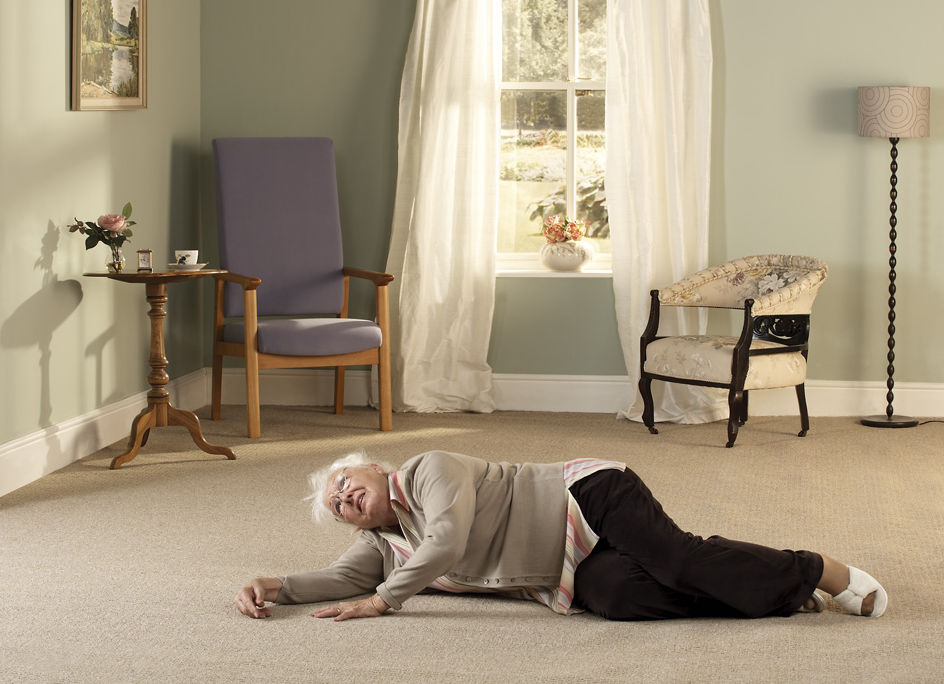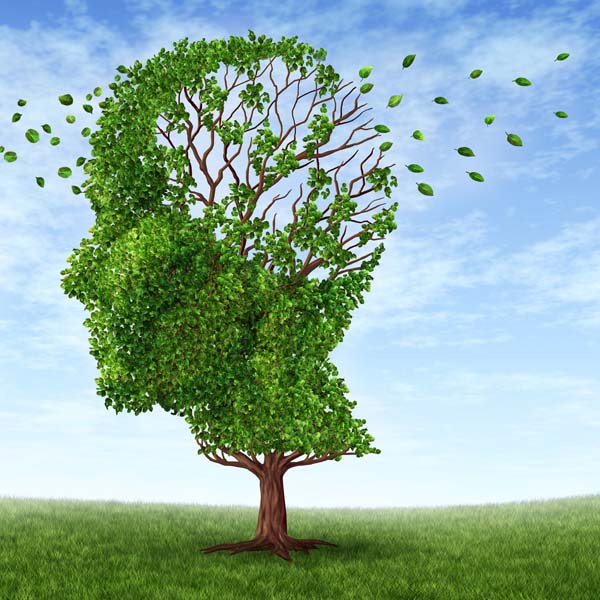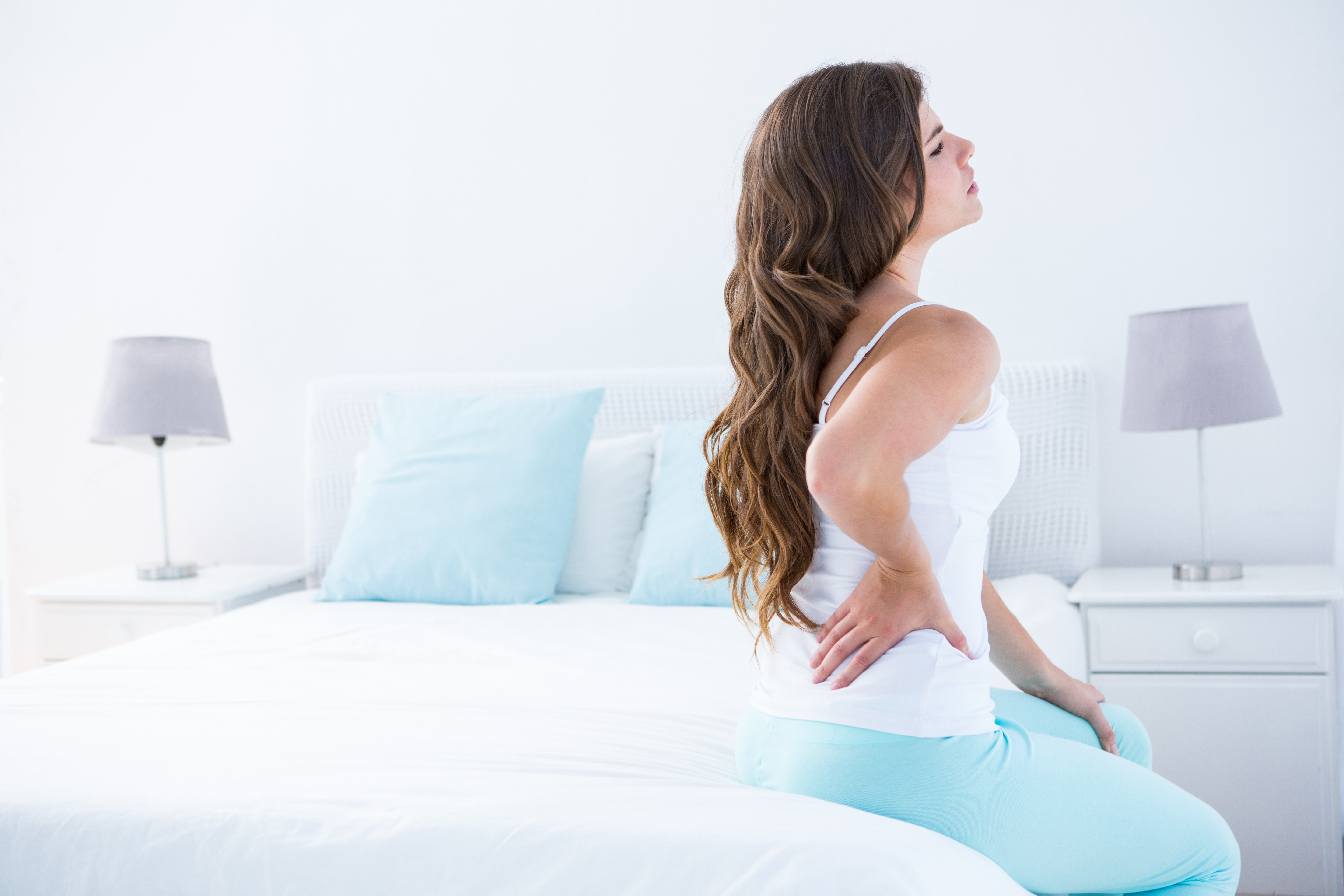Four Ideas for Keeping Active in Old Age
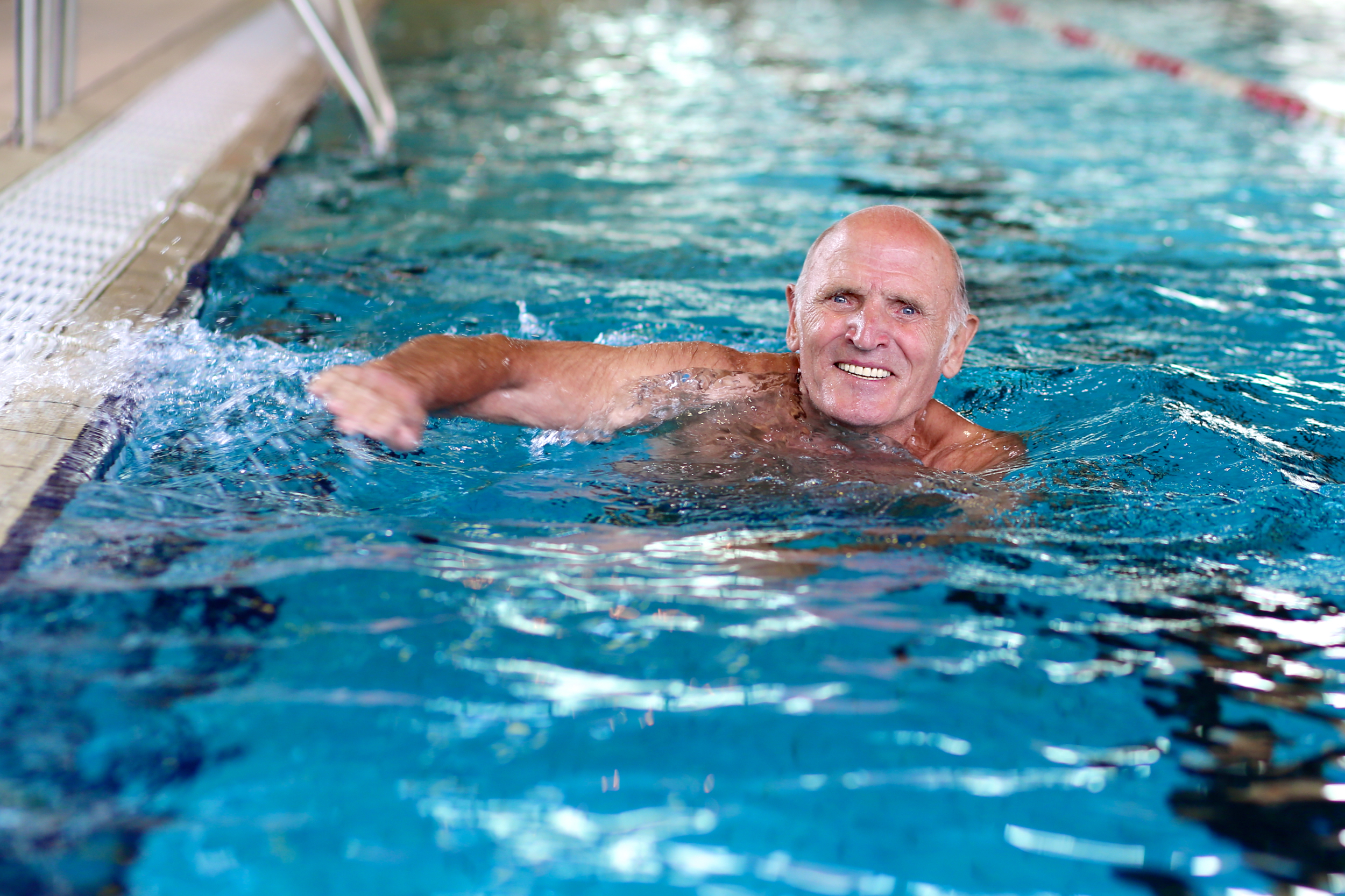
Here at Mangar Health, we spend a lot of time discussing what happens after an uninjured resident falls. We’ve written several posts on the matter, including the unspoken emotional impact for those that fall and the reasons why an elderly resident should never be left on the floor.
Rather than dealing with the aftermath of a fall, what if a resident could be prevented from falling in the first place?
There are many ways to help cut down the amount falls in the elderly, however, there is one method that isn’t talked about enough – keeping active in old age.
Why keeping active in old age is important
Maintaining a healthy exercise routine is important for anyone, however as you begin to age regular strength and balance exercises can help to reduce your risk of having a fall. Basically, exercise protects against loss in bone mass, reducing the risk of osteoporosis and lowering the risk of falling.
A study by the Journal of the American Geriatrics Society examined exercise in the elderly and found that training led to improvements in functional reach and balance, and reduced the participants’ fear of falling.
As well as helping to maintain a healthy body and lower the risk of falling in old age, physical activity can also lower the risk of serious health conditions such as dementia, Alzheimer’s, diabetes, obesity, heart disease, osteoporosis and colon cancer. It can also be a huge factor in the relief of arthritis pain.
If you’re looking to start an exercise routine please consult your doctor beforehand.
Getting Started
Research shows that it’s never too late to adopt a more active lifestyle, especially as older, active adults will reduce the risk of heart disease at a similar level as younger people who are active.
If you’re worried you have been inactive for a while, you can slowly build your activity up to reach the recommended levels.
If you’re already active you will find it more rewarding to either up your exercise levels over a week, or up the intensity.
Building a balanced exercise plan for you
In order to build and maintain a balanced exercise plan, it’s important to mix different types of physical activity. Not only will it help to keep your workouts interesting, but it will help improve your overall health and wellbeing.
The key is to find activities you enjoy that are based on the four ‘building blocks’ of fitness – balance, cardio, strength and power training and flexibility.
Balance
Balance exercises can help you to maintain stability, whether you’re stationary or moving around. It can help you improve your balance, posture and the quality of your walking which in turn reduces the risk of falling and fear of falls.
There are lots of balance exercises you can do but the best ones for those that are ageing are yoga, Tai Chi and posture exercises that are aimed to help those gain confidence with balance.
Cardio/Stamina
Cardio and stamina exercises use large muscle groups in rhythmic motions over a period of time. They get your heart pumping and may make you feel a little out of breath, but don’t worry this means they’re working. Designed to help lessen fatigue and breathing problems, they promote independence by improving endurance for daily activities such as walking, running errands, gardening and even cleaning the house.
To help build your stamina try cardio exercises such as walking, swimming, cycling, stair climbing, tennis, armchair aerobics and dancing. Anything that gets your heart pumping!
Strength and Power Training
Strength training helps to build muscle with repetitive motion, using weight or external resistance. Power training is essentially the above done at a faster speed to help increase power and reactions times. The thing that will be most important in old age is core strength, which can be strengthened by light activities such as yoga and pilates.
For advice on effective yoga poses for those of over 60, visit this helpful guide.
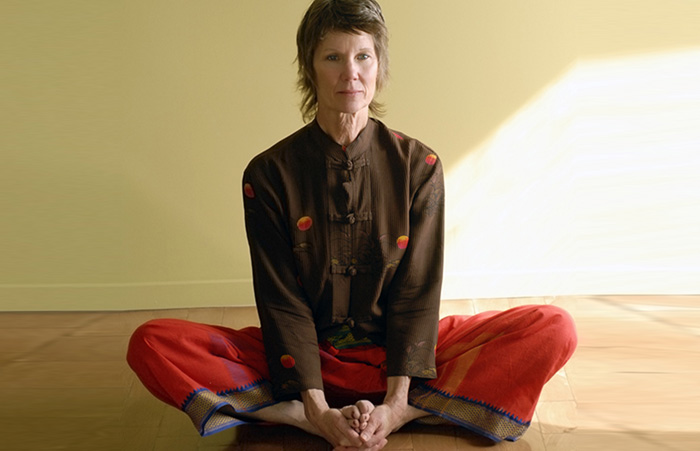
Both strength and power training are equally important for a number of different reasons. Firstly, strength training can help prevent loss of bone mass, builds muscle and helps up balance and reduces the risk of falls. Power training will also help to prevent falls as it enables you to react quickly if you start to lose balance.
Building this kind of strength will help you remain independent in your own home as it makes day-to-day activities easier such as opening a jar, lifting heavy objects or getting in and out of the bath.
Flexibility
Flexibility exercises challenge the ability of your joints to move freely. They help your body stay limber and increases your overall range of movement, making everyday activities such as looking behind while driving, tying your shoelaces and shampooing your hair much easier.
An improved range can be achieved by doing stationary stretches or stretches that involve movement to keep your muscles supple – so something similar to yoga or pilates would definitely help.
Although it would be impossible to stop falls in the elderly completely, a healthy exercise plan should not be overlooked as it can do the world of good when it comes to balance, strength and reaction times. Don’t forget it’s never too late to get started, so what are you waiting for?
#UpLiftingCare









